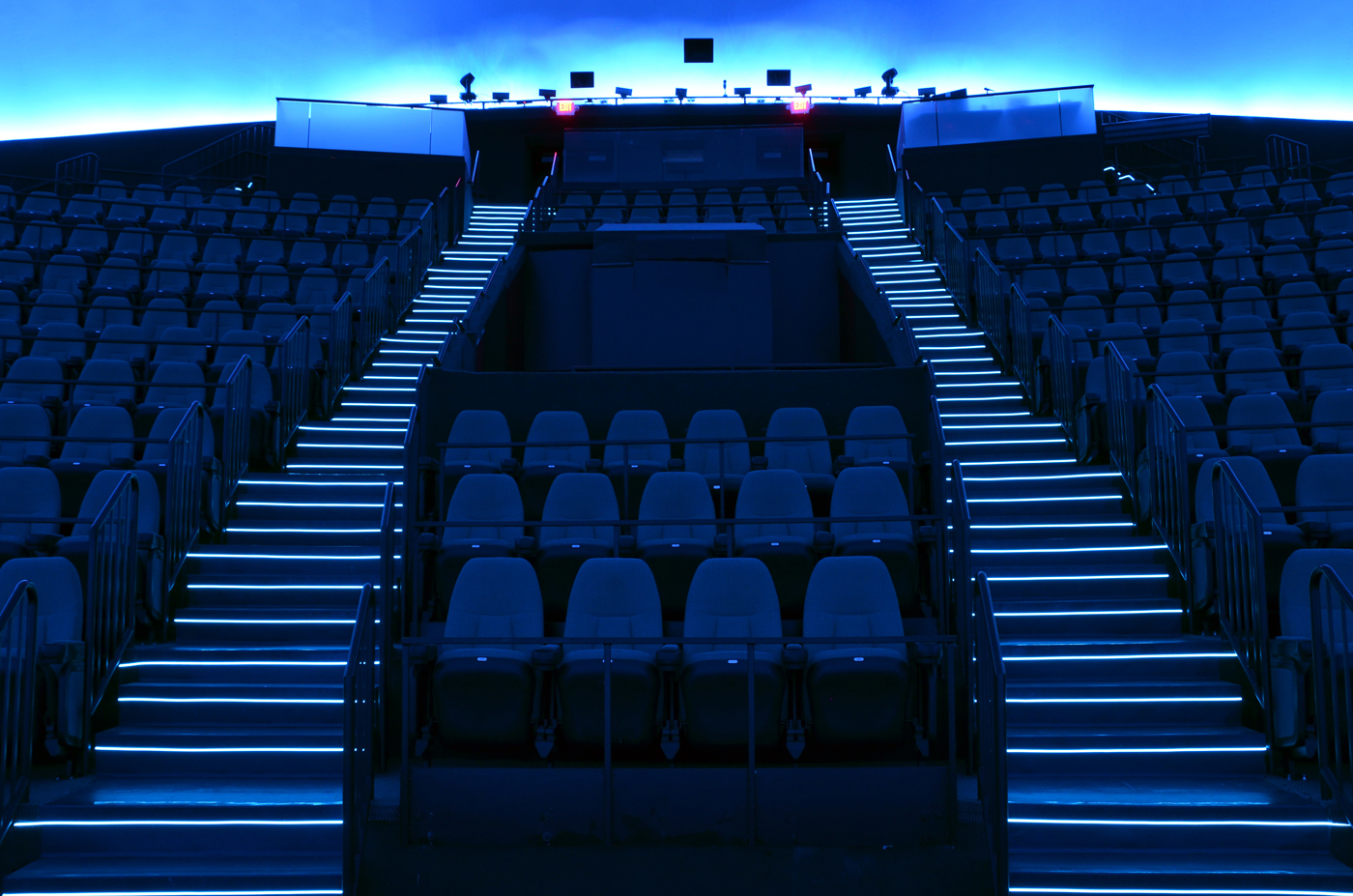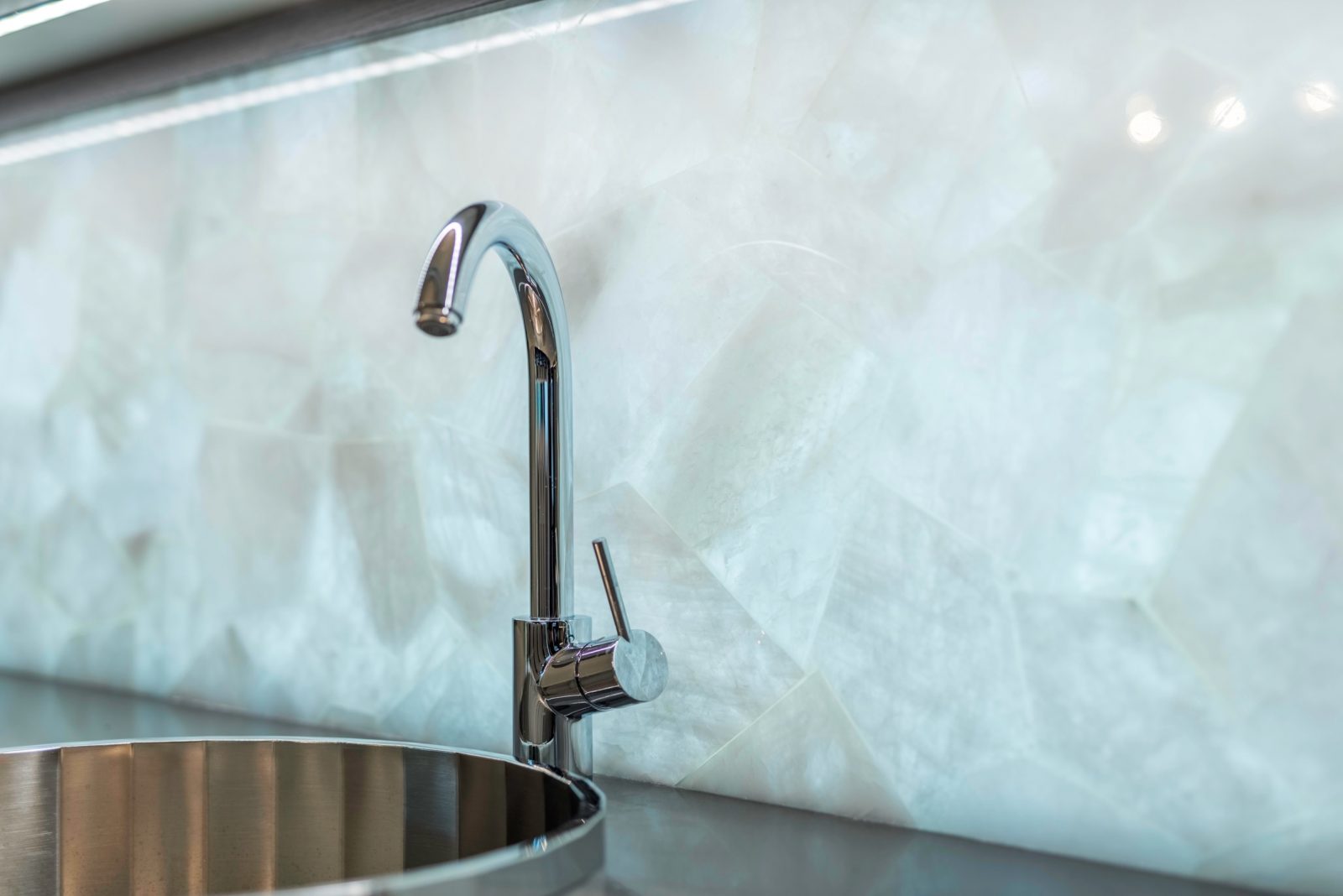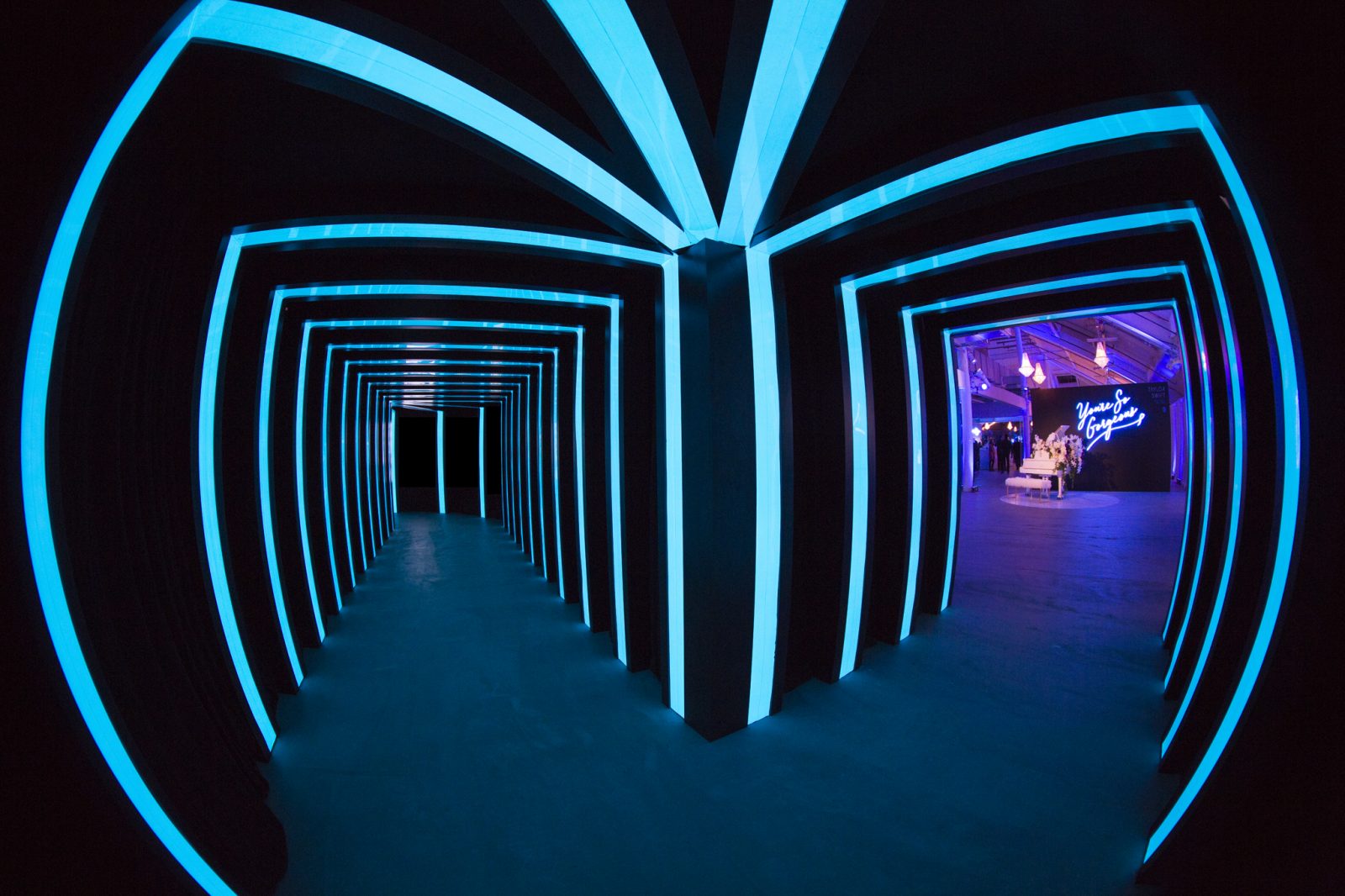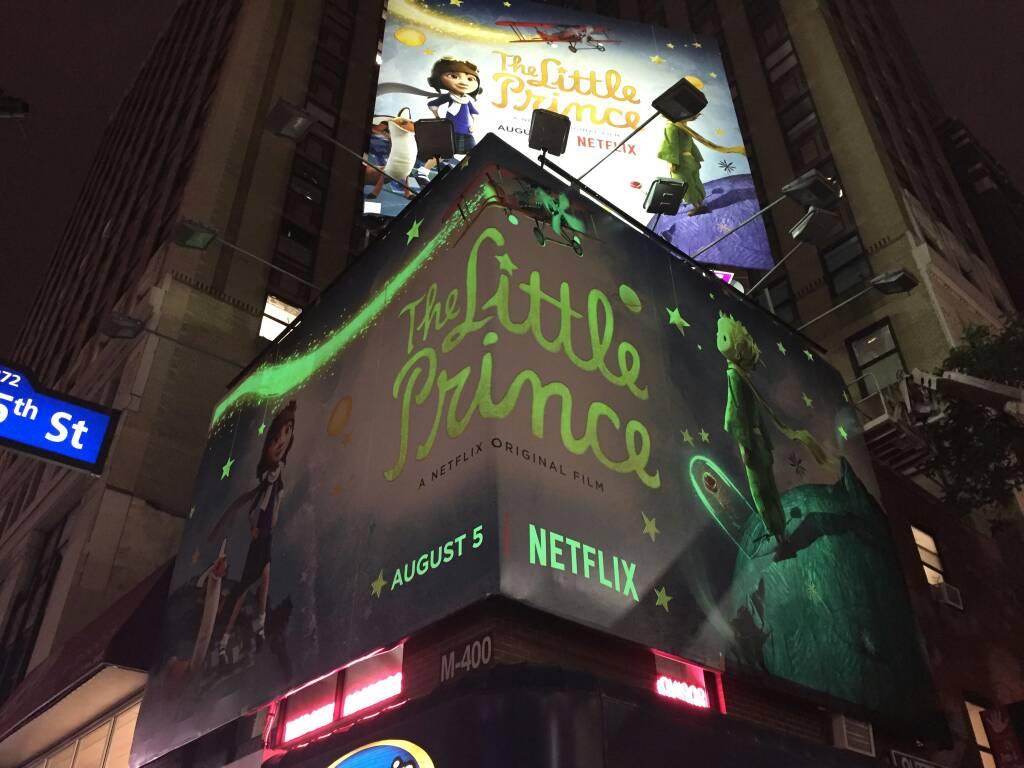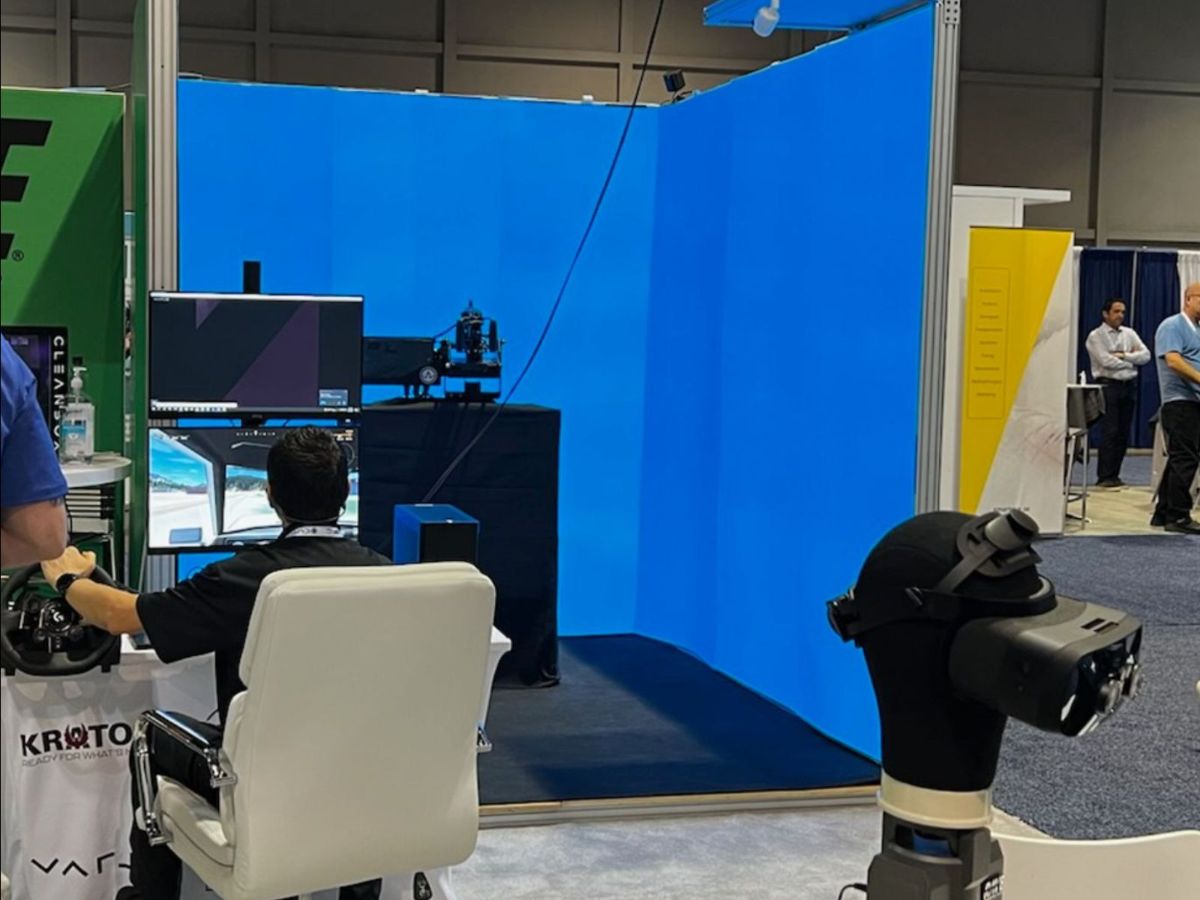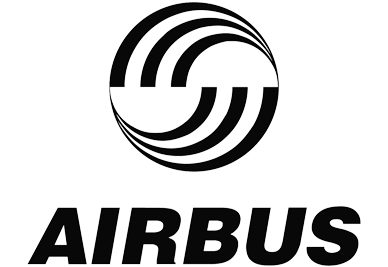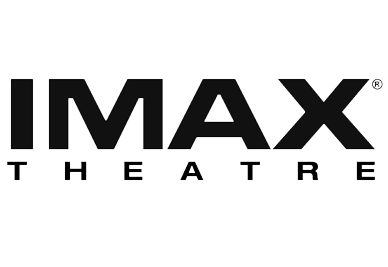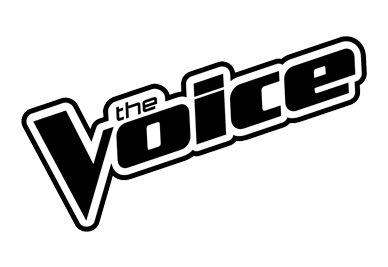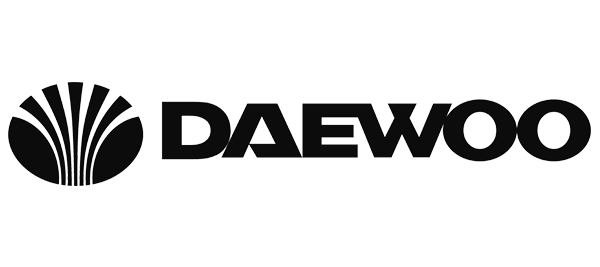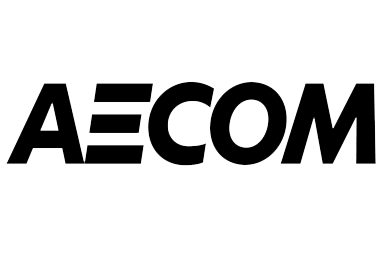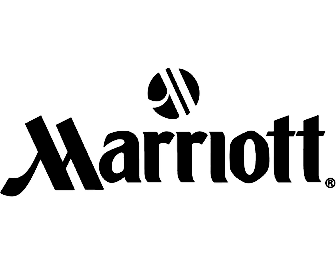
The Big Secret
Picking a light source really depends on whether the plan is to illuminate a room or just draw your attention to an area or feature. If you want your office space to be more energy efficient, you needs a task light. LEDs are by far the best choice.
Where for an accent lighting application, LEDS are too powerful, you are wasting energy blocking light to make the surface look even. If you want to draw attention to something, like your stair nosing, then you should use an EL light source. No need for diffusion, designed for direct viewing, the entire surface is a light source.
Difference between EL versus LEDs
An important thing to remember when comparing EL and LEDs for accent lighting is that most of the light produced by LEDs is blocked through diffusion. While bright, up to 90% of the light produced by an LED for accent lighting is wasted energy, trapped behind the diffuser. The diffusing lens is there to make 20 LED bulbs look like one on the surface.
At the same surface brightness, EL will consume 10% of the energy that an equivalent LED fixture would consume. EL does not need to be diffused, all the light is visible and none is blocked, the entire surface is a light source.
EL energy consumption is based on the area that is illuminated; it is a capacitive load. The bigger the surface, the more power needed. EL lamps store and release energy to produce light without generating any heat. Through high switching they release the energy as a photon or packet of light during operation. An extremely efficient process.
On the other hand, LEDs are a resistive load, which is why they produce heat. Energy is passed through the silicon wafer producing heat to produce light. The LED task lighting system is more efficient than other resistive loads in the past. And last a lot longer, which is great if you are looking for a cheaper way to light a room.
For applications like step lighting, you only want a narrow continuous band of light, and just on the surface. You goal is not to light the cinema. Just draw attention to a hazard or add in design accents to fit branding.
How much power do you save with EL versus LEDs?
A one meter step light with LEDs will consumer 200 milliamps, where the same 1 meter of EL will consume less than 3 milliamps. Night and day difference in energy consumption and much safer.
An EL system will consume on average 0.25 watt per meter at a meter long. A LED strip to fill the same fixture will consume 4 watts a meter or more in many cases, getting very hot as well. 16 times the power required compared to power an equivalent Light Tape EL system.
For example, the operating cost of a 50-step venue using split electrode EL is $6.50 (USD) per year, compared to $78.50 for most LED systems. Not to mention the impact on the air conditioning system to compensate from the heat produced by the LEDs.
Step lights are ideally suited for EL lighting technology.
See it for yourself and contact us to learn more about Light Tape®. Light Tape is a proprietary EL (electroluminescent) Lamp and the best in the class, manufactured in the United States by Electro-LuminX Lighting Corporation.

